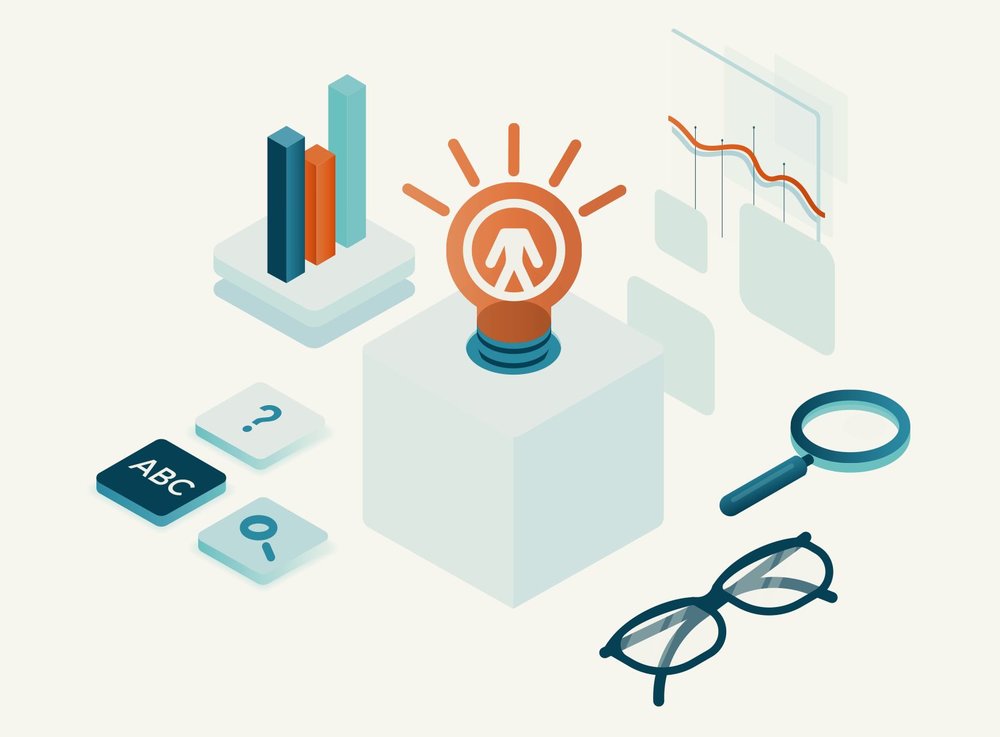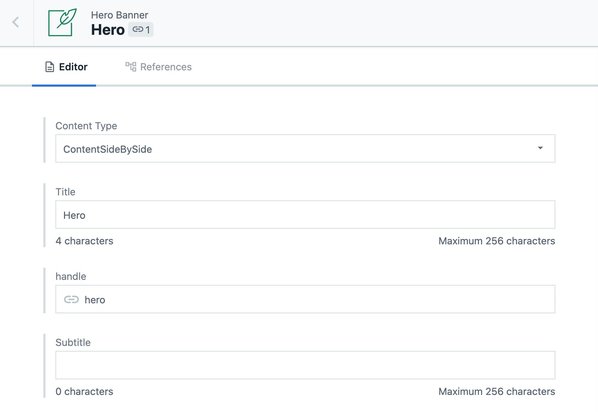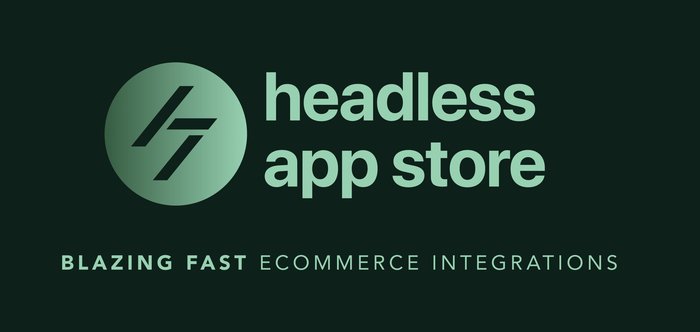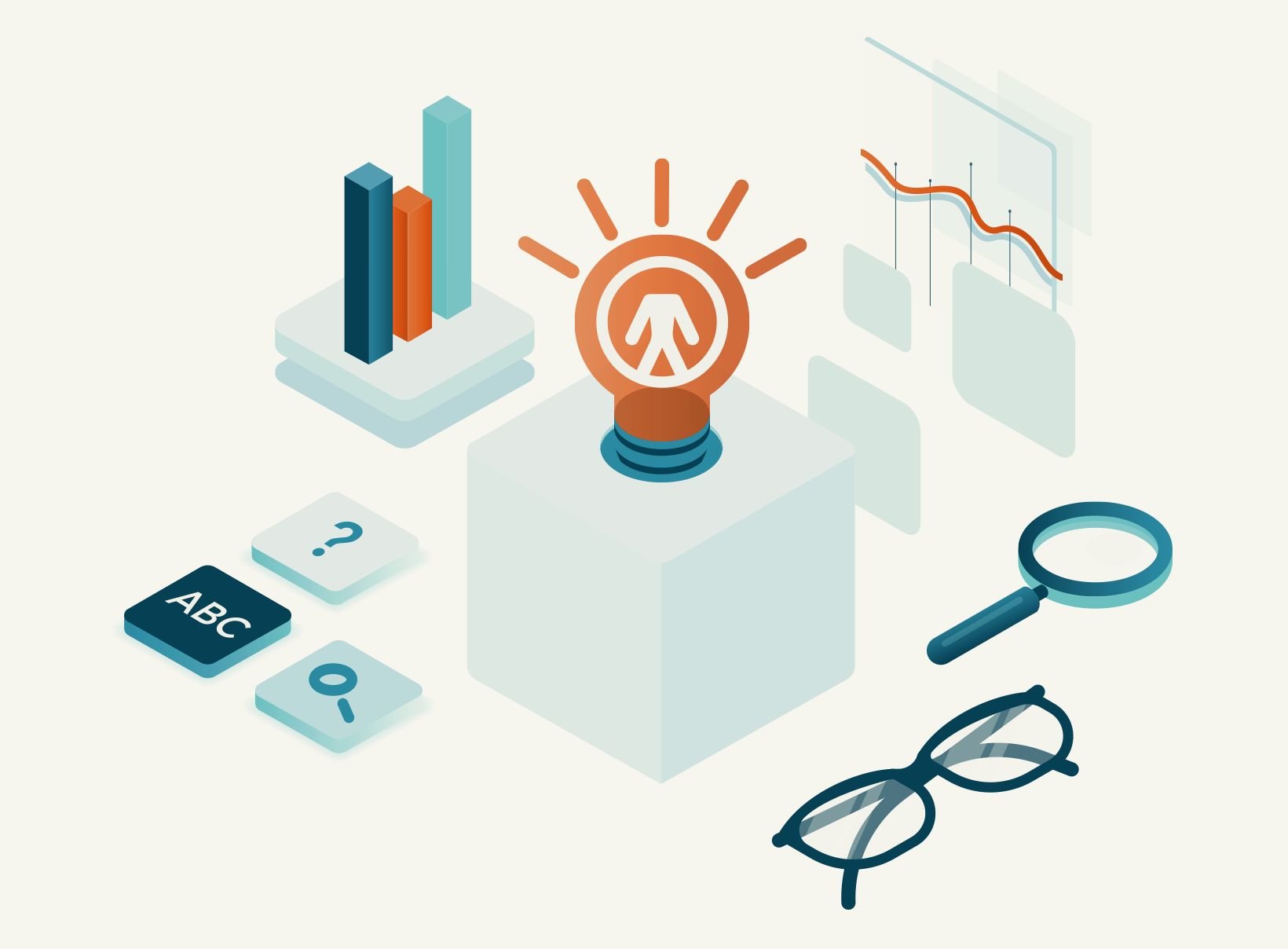Ecommerce
4 common headless ecommerce mistakes to avoid

Headless ecommerce is gaining a lot of momentum, and for good reason! It's a modern way to significantly speed up your site, increasing conversions and bottom-line growth. If you still aren't sure what headless commerce is, check out our detailed explanation of what headless commerce is and how it drive growth.
Most people may know that headless sites are faster, but they don't know that there can be some major drawbacks to going headless, if you don't follow best practices. In fact, by going headless you can actually increase first loads and add dependencies to your workflow if you aren't careful.
Here are four common pitfalls you should aim to avoid as you take your storefront headless.
1. Going headless in one fell swoop
Despite what some may say, headless ecommerce sites don't need to be built and launched in one fell swoop -- this is a big misconception. Instead, you can incrementally migrate over, following Martin Fowler's Strangler Pattern. This way you can run an initial test to measure ROI quickly and cheaply by making just one page headless at a time.
We created a guide on how to migrate your site in a smart and incremental manner, and measure ROI as you go.
In short, we recommend you:
- Migrate to headless ecommerce incrementally, focusing on high-value pages first
- A/B test headless vs legacy pages to calculate ROI
- Create content that can be delivered on the legacy and headless website
2. Using the wrong headless CMS
Your CMS is what lets non-developers create and edit content and pages across your site. What many don't know is, there is quite a bit of difference in terms of what each CMS option leaves you capable of.
Using the wrong headless CMS may make you overly dependent on developers to create, manage, and optimize content on your website, which can hinder your business' efficiency and growth.
Unfortunately, most headless CMS's are very limited in what you can do with them without a developer.
But there is hope here - some headless CMS's, such as Builder.io headless CMS for ecommerce, were built to solve exactly this problem, striking an optimal balance between non-developer autonomy and developer customization and control.

Creating content with forms in limited headless CMS
Visually editing a headless ecommerce website with Builder.io
3. Using the wrong integrations
Going headless means you are building your ecommerce storefront in a more modern and performant way. But sadly, this doesn't mean every tool you want to use on your website was built in such a fashion.
As a rule of thumb, always use API integrations and avoid Javascript integrations.
Today's Javascript integrations were built for legacy sites, and can harm your site's performance in a lot of ways, including blocking page load, downloading large and slow code, and in general just not being optimized for a headless ecommerce website.
The downside, though, is API integrations can have developer overhead to setup and maintain. For an easy and powerful fix, check out HeadlessApp.Store, an upcoming library of fast, API-side ecommerce integrations.

4. Taking the wrong advice
There is a dangerous trend we have noticed in the world of headless commerce -- people preaching that there is only "one way" to build a headless site, or preaching that only some ways are "true headless" and others are not. This is not true. Headless commerce simply means decoupling the frontend presentation layer from the backend logic, and connected the two via APIs.
As long as the end result in an API-based application, it will be headless. You can get there in steps with incremental migration, or all at once with a full re-write. It is up to you to decide how you migrate to a headless commerce architecture.
Our recommendation: do your own research, and talk to multiple sources.
There are a lot of great resources out there, and if you'd like our recommendations as a data point, reach out to us.


























